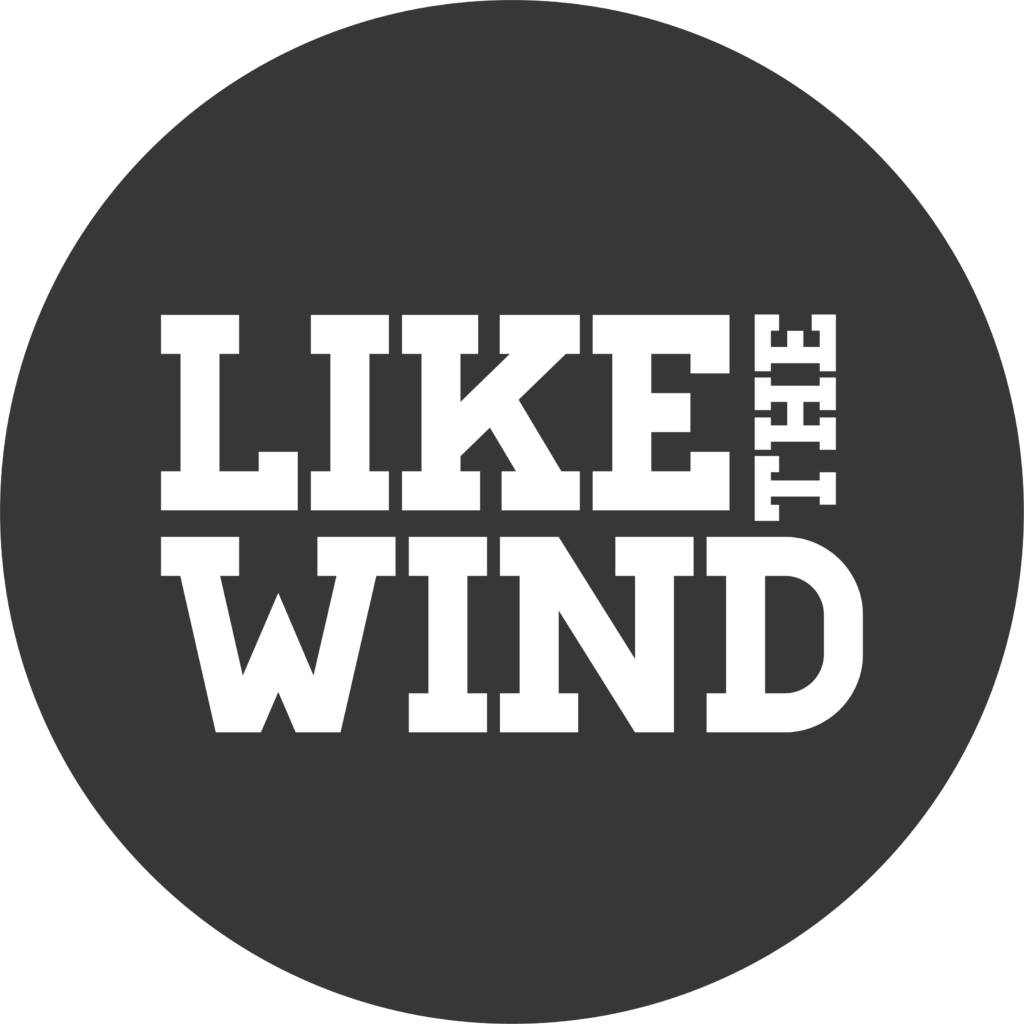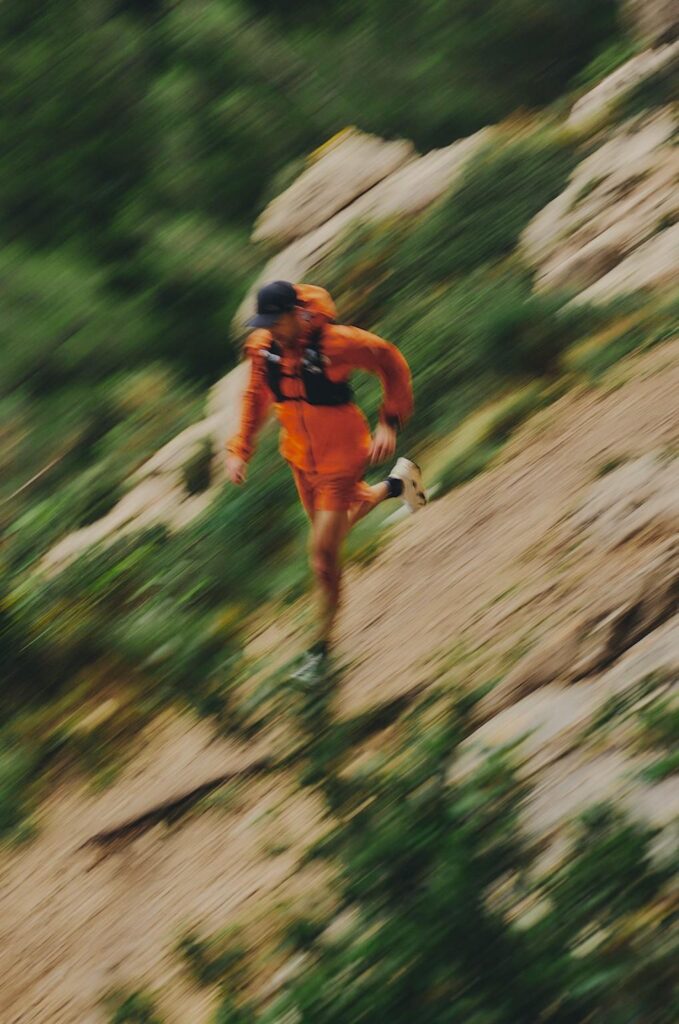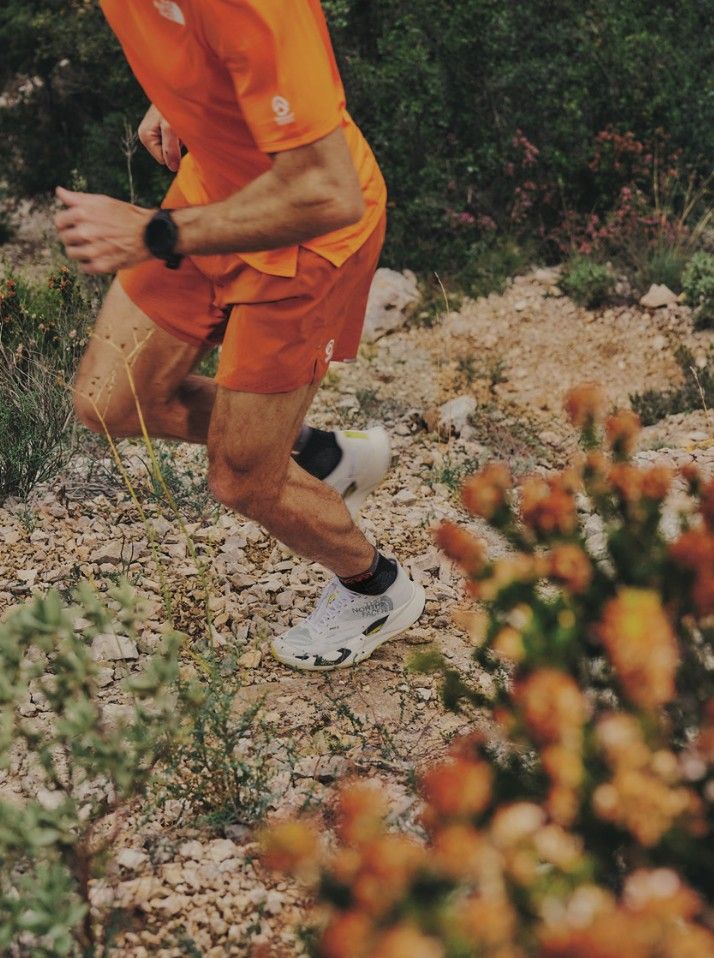Words by Like the Wind – Photography supplied by The North Face
Gran Canaria – and the islands that make up the archipelago that the Spanish call Las Islas Canarias – were once known as the Fortunate Isles: a winterless paradise that, according to ancient Greek mythology, was home to especially blessed heroes.
Nowadays, the island is better known as a popular tourist destination for several million visitors each year. But, once a year, the heroes return and undertake a task of Herculean scale – racing everything from a vertical kilometre to 126km across an island famed for its variety of terrain and climate.
The North Face athletes Fernanda Maciel and Jon Albon are two such heroes.
Geographically, Gran Canaria is a dot of land that emerges from the Atlantic Ocean, as part of a cluster of islands just off the west coast of Africa. Thanks to the volcanic peak that dominates the centre of the island, Gran Canaria features a wide range of landscapes – forests, deserts, beaches and rocky trails – that contribute to its popular nickname: the “miniature continent”. And it is this variety that makes the Transgrancanaria race such a popular and enthralling challenge for runners from around the globe.
Fernanda Maciel has experience on the trails of Gran Canaria. The 2025 edition of the race will be the eighth time she has tested herself against the course and the other runners. The first time Fernanda raced here, it was in the 2010 half-marathon, which she won. And then, in 2012, Fernanda returned for the Classic 126km race – from one side of the island to the other – which she also won on her debut. Since those two stellar results, Fernanda has taken on the Classic distance several more times, with podium finishes on each occasion. And raced the Vertical Kilometre race twice, in 2023 and 2024.
She chose the short, brutal course because it would not disrupt her training to set Fastest Known Times on each of the highest peaks on the seven continents. To say that Fernanda is an experienced Transgrancanaria athlete would be an understatement.
Jon Albon, on the other hand, is coming to the island fresh, having never raced here before. Although that’s not to say Jon doesn’t know the place—he is someone who takes his preparation very seriously. Indeed, when we speak, Jon is already in Gran Canaria—several weeks before the race—so that he can top off the training he has been doing at his home in Norway (and escape the snow, which Jon admits has made race-specific training challenging).
So why does Fernanda come back to Gran Canaria time after time?
“I love it here,” Fernanda explains, “partly because the course is so varied. There are beaches and mountains. Sections of the course are technical. Some of it is runnable.” Fernanda says that it’s not just the changeable terrain that makes the race such a special challenge.
“The race starts at night,” says Fernanda, “so it can feel really fresh during the first few hours. And in the canyons, later in the race, it can be really hot.”
Once again, Fernanda says, she has prepared well, with a good block of training in the heat in Brazil (where she is originally from). More recently, she has been running in Chamonix (where she lives) in the cold. The main thing for Fernanda is “preparing my mind to be comfortable with the challenge,” because, as she knows, bad weather can be a factor—especially if the athletes encounter fog and rain at night.
“That kills my energy,” she says.
Jon acknowledges that his training in Norway has been a challenge, but one that he’s been keen to embrace.
“I’ve had to do a lot more different types of running,” Jon says. “At home, there are no trails [at this time of year] because they’re all snowed in. All the roads have got ice on, so I’ve been running with studded shoes.”
And in terms of training for a race with 6,800m of climbing, Jon has had to make the most of what he has available.
“There’s one 350m climb near me that I can use,” Jon laughs. “So I think I’m the local legend on that—many times over. And I’ve had to find ways to make that interesting. I’ve been listening to The Hobbit and The Lord of the Rings audiobooks and coming up with some new data analytics—to try to motivate myself just to get out and do the [training] load that’s required.”
Because, as Jon explains, “it’s not very stimulating to go out and do the same routes over and over again…” But with such a big race looming, he has no choice.
One of the factors that both Fernanda and Jon mention—something that makes the Transgrancanaria race so appealing—is the enthusiasm of the local people for the event and for trail running in general.
“It’s just a nice place to do trail running,” says Jon. “The Spanish people generally [seem to] love trail running. When you come out here and do a few runs, you’ll see people out on group runs or in clubs, all wearing the same shirts. You see so many people out and about with poles and wearing race packs. It feels like everyone’s in it together.”
Fernanda agrees, adding: “The people here appreciate the sport—in the same way they do in France. This is a great source of motivation during the race, as it creates an amazing atmosphere for the athletes. The people [here] breathe the sport.”
With both Fernanda and Jon deep into their race preparations, have they turned their thoughts to what they hope to achieve this year?
Fernanda says her aim is to have the best race she can.
“I know this race really well. So despite the fact that it is 10km shorter than before, it’s on the same trail. I know certain sections are challenging. For example, where the paths are covered in small rocks—that can be painful on the feet. Especially when it comes after 10 hours of racing.”
“I always try and say [the result] doesn’t really matter much as long as I execute [my plan],” Jon adds. “But I obviously want to win. I am competitive and I want to race. So that’s what I’m here to do.”
Jon says that he has half an eye on the conditions, because that will impact how the race unfolds—not just for him, but for the other athletes as well.
“The weather can determine quite a lot when it comes to finishing times. Last year the men’s race was won in 13h22m, and I’d think that to win this year I’ll have to go quite a bit faster.”
For Fernanda, her deep experience means she’s now focused more on the finer details than on the course itself—which she knows like the back of her hand—or even her fitness.
“I focus more on nutrition and gear now. The small details are really important. I’ve always trained physically and mentally, but [in the past] I’ve made little mistakes with kit choices—for example, choosing the wrong headtorch.”
When it comes to handling the distance, the varied terrain, and the unpredictable weather, both Fernanda and Jon will be making final calls on footwear, apparel, and equipment just before the starting gun.
Jon says: “When it comes to shoes, I’ve got a choice between either the Summit Series VECTIV™ Pro 2”—a model he’s raced in extensively—“or the new Summit Series VECTIV™ Pro 3. I think I’ll be wearing the newer model, mainly because it offers much more protection for the downhills with a higher stack height. With this length of race, it should play to my advantage to have that bit of extra protection for the legs.”
Fernanda is still trialling two options before making her final decision.
“I’m testing the VECTIV™ Enduris 4 and the Summit VECTIV™ Sky. The Enduris 4 has a bigger drop [6mm], but maybe it’s not as good for me on the downhills. The VECTIV™ Sky puts me closer to the terrain—which I prefer—but it’s also less cushioned, so it can be harder on the feet. I’ll decide soon.”
Because when all is said and done, there are so many variables at play at Transgrancanaria. Fernanda and Jon both understand this: they can prepare and plan meticulously—but then, they’ll simply have to respond to whatever the race throws at them.
And that’s what makes athletes like them—alongside everyone toeing the line on this dramatic course across the Fortunate Island—true modern-day heroes.








